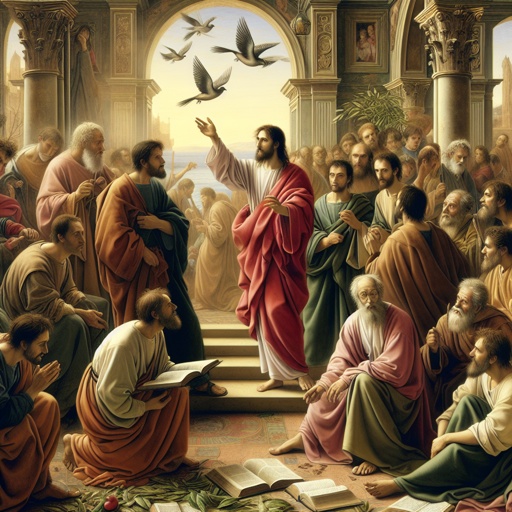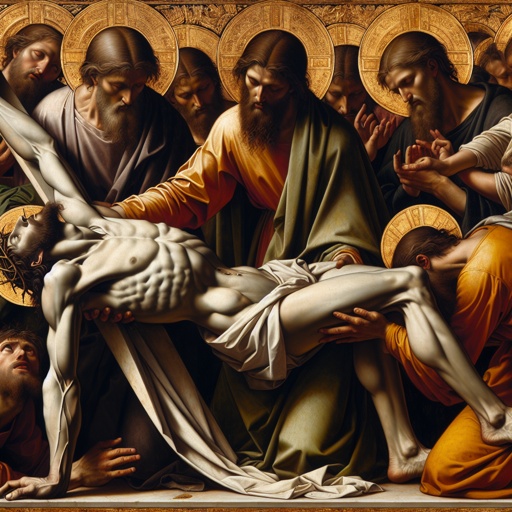Romans 16:20 Artwork
"And the God of peace shall bruise Satan under your feet shortly. The grace of our Lord Jesus Christ be with you. Amen." - Romans 16:20
Explore Romans 16:20 through paintings, pictures, drawings, digital art, illustrations, wallpapers, photos, prints & more.

Romans 16:20 - "And the God of peace shall bruise Satan under your feet shortly. The grace of our Lord Jesus Christ be with you. Amen."

Romans 3:16 - "Destruction and misery are in their ways:"

Romans 16:16 - "Salute one another with an holy kiss. The churches of Christ salute you."

Romans 16:8 - "Greet Amplias my beloved in the Lord."

Romans 14:16 - "Let not then your good be evil spoken of:"

Mark 16:20

Mark 16:20

Mark 16:20

Mark 16:20

Mark 16:20

Romans 16:6 - "Greet Mary, who bestowed much labour on us."

Romans 16:3 - "Greet Priscilla and Aquila my helpers in Christ Jesus:"

Romans 16:13 - "Salute Rufus chosen in the Lord, and his mother and mine."

Romans 16:24 - "The grace of our Lord Jesus Christ be with you all. Amen."

Romans 16:22 - "I Tertius, who wrote this epistle, salute you in the Lord."

Romans 16:9 - "Salute Urbane, our helper in Christ, and Stachys my beloved."

Romans 16:14 - "Salute Asyncritus, Phlegon, Hermas, Patrobas, Hermes, and the brethren which are with them."

Romans 6:20 - "For when ye were the servants of sin, ye were free from righteousness."

Romans 2:20 - "An instructor of the foolish, a teacher of babes, which hast the form of knowledge and of the truth in the law."

Romans 1:20 – "For since the creation of the world God's invisible qualities have been clearly seen."

Romans 16:10 - "Salute Apelles approved in Christ. Salute them which are of Aristobulus' household."

Romans 8:16 - "The Spirit itself beareth witness with our spirit, that we are the children of God:"

Romans 16:27 - "To God only wise, be glory through Jesus Christ for ever. Amen."

Romans 11:16 - "For if the firstfruit be holy, the lump is also holy: and if the root be holy, so are the branches."

Romans 9:16 - "So then it is not of him that willeth, nor of him that runneth, but of God that sheweth mercy."

Romans 1:20 – "For since the creation of the world God's invisible qualities have been clearly seen."

Romans 7:20 - "Now if I do that I would not, it is no more I that do it, but sin that dwelleth in me."

Acts 16:38 - "And the serjeants told these words unto the magistrates: and they feared, when they heard that they were Romans."

Romans 7:16 - "If then I do that which I would not, I consent unto the law that it is good."

Acts 16:21 - "And teach customs, which are not lawful for us to receive, neither to observe, being Romans."